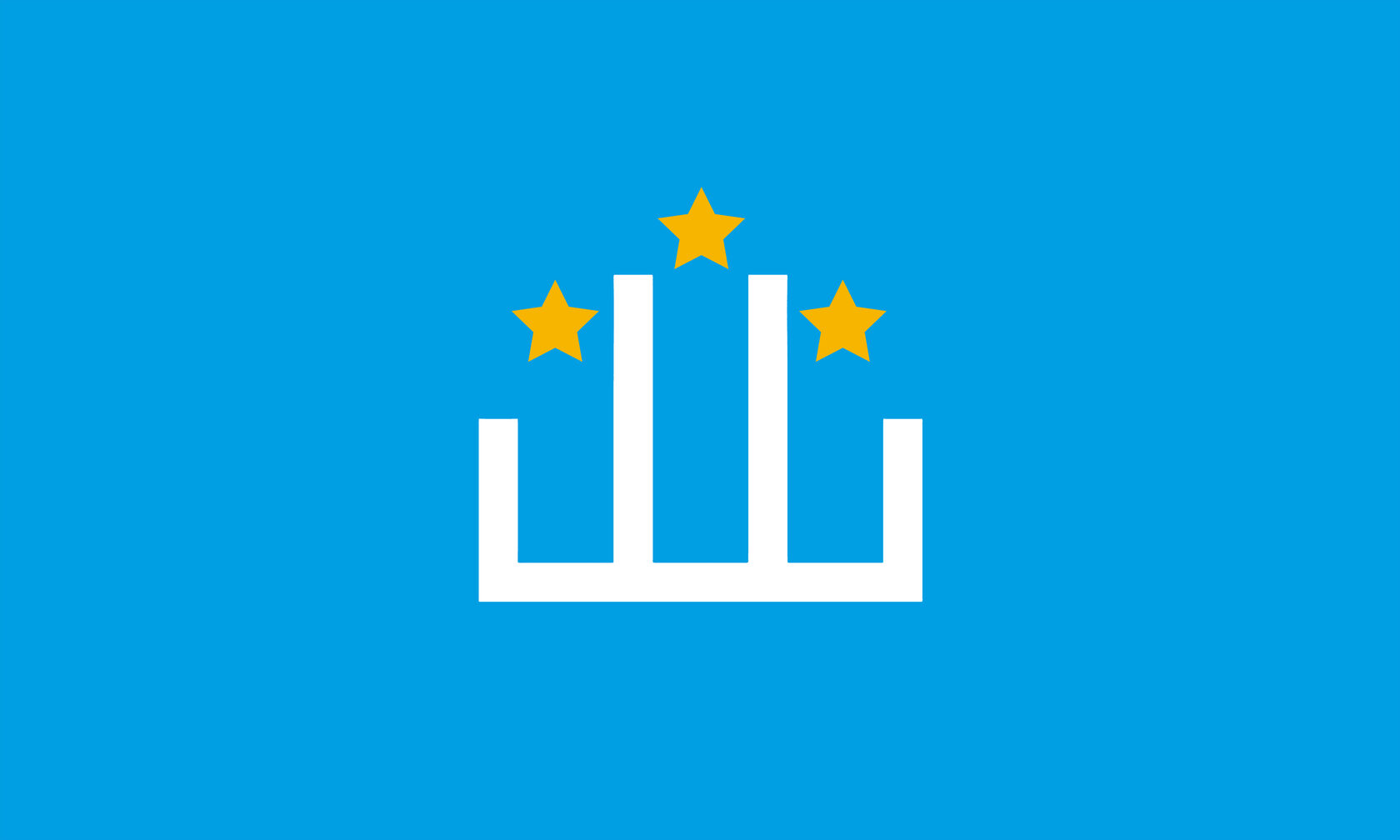The Kumyk language: from the language of interethnic communication to the present day
The Kumyk language is a unique linguistic phenomenon that has historically played the role of a lingua franca in the territory of Dagestan. This status testifies to its exceptional significance as a means of interethnic communication in the region for many centuries.
Historical roots
The studies of a number of scholars, in particular the works of the famous ethnographer and historian M.A. Aglarov, point to the deep historical roots of the Kumyk language. According to his research, there is a high probability of the use of Kumyk language pro-forms among the Hun tribes, which significantly expands the historical perspective of the language's development.
Linguistic analysis demonstrates the complex structure of the language, including elements of various Turkic language groups:
- Bulgaro-Khazar components, indicating a connection with the most ancient Turkic languages
- Oghuz elements indicating contacts with Oghuz tribes
- Kipchak roots, which constitute a significant part of the linguistic basis.
Current state
At present, the Kumyk language is predominantly spoken in Dagestan and has about 400,000 speakers. Despite the relatively large number of speakers, the language is classified as vulnerable, which is of serious concern to linguists and cultural studies.
The vulnerability of the language is due to a number of factors:
- shrinking spheres of language use
- the impact of globalization
- decreasing transmission of the language to the younger generation
Perspectives for preservation
An important step towards the preservation and development of the Kumyk language has been its inclusion in modern educational platforms. In particular, the Kaftan project provides an opportunity to learn the Kumyk language using modern learning technologies. This significantly expands the availability of language resources and creates new opportunities for learning the language.
The preservation of the Kumyk language is extremely important for several reasons:
1. Historical value as a language of interethnic communication in Dagestan
2. Unique linguistic heritage, including elements of various Turkic language groups
3. Cultural significance as a carrier of traditions and worldview of the Kumyk people
4. Scientific value for the study of historical ties between different Turkic peoples 4.
The Kumyk language is a unique phenomenon in the linguistic landscape of the Caucasus, combining a rich historical heritage and modern challenges. Its preservation and development requires a comprehensive approach, including both traditional methods of language support and the use of modern technological solutions. The emergence of initiatives such as the Kaftan project demonstrates the possibilities of modern approaches to language preservation and popularization in the digital age.
The Kumyk language is a unique linguistic phenomenon that has historically played the role of a lingua franca in the territory of Dagestan. This status testifies to its exceptional significance as a means of interethnic communication in the region for many centuries.
Historical roots
The studies of a number of scholars, in particular the works of the famous ethnographer and historian M.A. Aglarov, point to the deep historical roots of the Kumyk language. According to his research, there is a high probability of the use of Kumyk language pro-forms among the Hun tribes, which significantly expands the historical perspective of the language's development.
Linguistic analysis demonstrates the complex structure of the language, including elements of various Turkic language groups:
- Bulgaro-Khazar components, indicating a connection with the most ancient Turkic languages
- Oghuz elements indicating contacts with Oghuz tribes
- Kipchak roots, which constitute a significant part of the linguistic basis.
Current state
At present, the Kumyk language is predominantly spoken in Dagestan and has about 400,000 speakers. Despite the relatively large number of speakers, the language is classified as vulnerable, which is of serious concern to linguists and cultural studies.
The vulnerability of the language is due to a number of factors:
- shrinking spheres of language use
- the impact of globalization
- decreasing transmission of the language to the younger generation
Perspectives for preservation
An important step towards the preservation and development of the Kumyk language has been its inclusion in modern educational platforms. In particular, the Kaftan project provides an opportunity to learn the Kumyk language using modern learning technologies. This significantly expands the availability of language resources and creates new opportunities for learning the language.
The preservation of the Kumyk language is extremely important for several reasons:
1. Historical value as a language of interethnic communication in Dagestan
2. Unique linguistic heritage, including elements of various Turkic language groups
3. Cultural significance as a carrier of traditions and worldview of the Kumyk people
4. Scientific value for the study of historical ties between different Turkic peoples 4.
The Kumyk language is a unique phenomenon in the linguistic landscape of the Caucasus, combining a rich historical heritage and modern challenges. Its preservation and development requires a comprehensive approach, including both traditional methods of language support and the use of modern technological solutions. The emergence of initiatives such as the Kaftan project demonstrates the possibilities of modern approaches to language preservation and popularization in the digital age.

